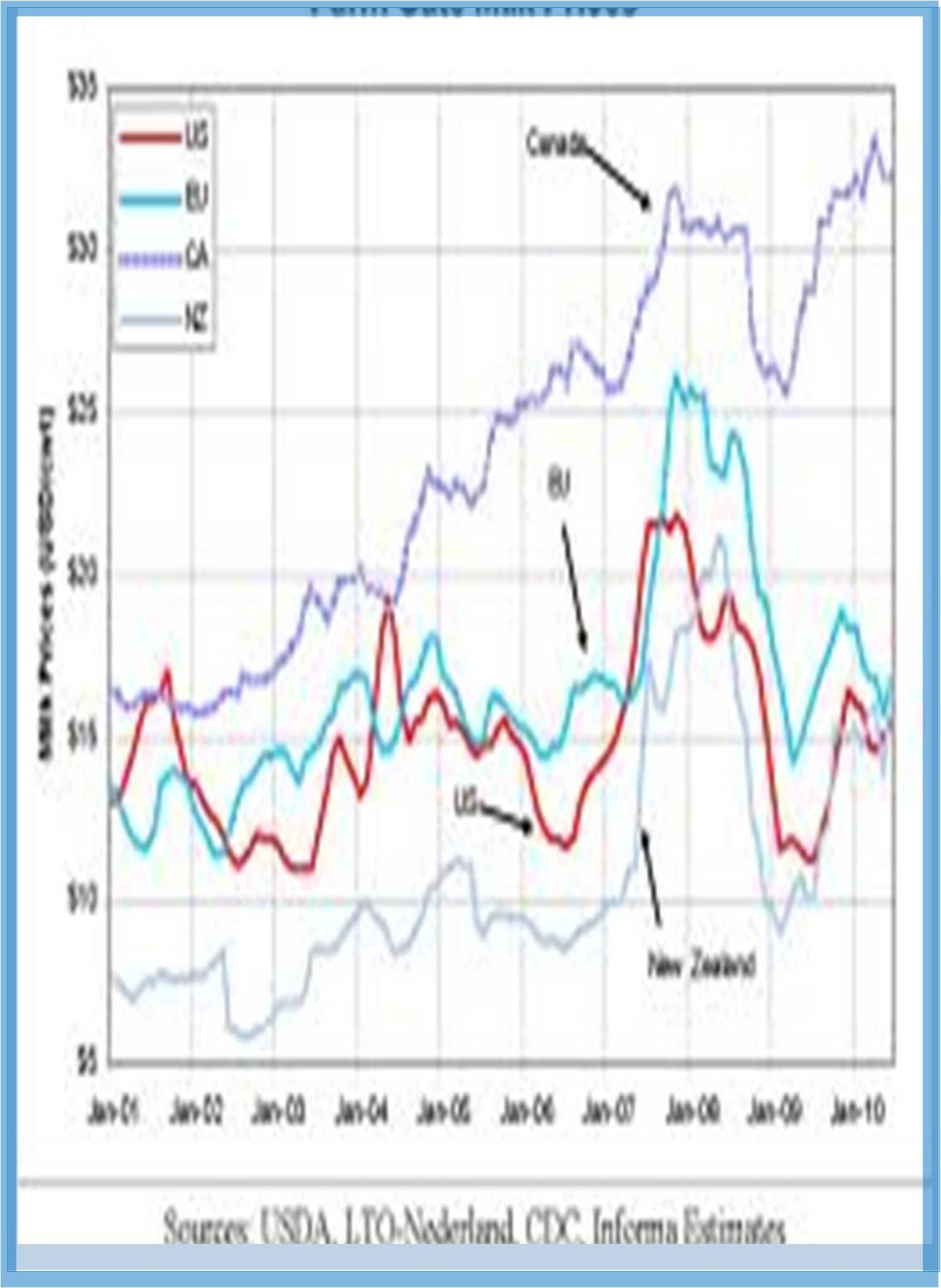



Enhancing the productivity, competitiveness and efficiency of agriculture value chain may be a priority for Indonesia to realize competitiveness. Then, the author may propose recommendations to optimize the agricultural value chain. Each agriculture commodity probably has different sort of tier, sort of supply chain risks, issues and activities which results in the various proportion of logistics and cost in each tier. The results showed difference in strategy either speculation or postponement for inventory management to enhance the worth of horticulture along supply chain, while in aquaculture research also shows an equivalent differences. Moreover, the worth chain analysis helps to spot the worth created by each stakeholder. In the value chain of catchment fish, ship owner plays the dominant role within the whole income distribution, while within the aquaculture, spreader get the very best margin of profit. Trader gives the very best value added during transportation but earns rock bottom profit. The value chain analysis of fresh vegetables shows the very best portion of traders within the whole inventory cost.
Domestic and international markets growth expansion occurs due to the globalization, which provides offers to the developing countries to expand their agribusiness.. Currently, agriculture continues to be a fundamental instrument for sustainable development and poverty reduction. Therefore, the producer must strictly compete with other producers and also builds competitive advantage by adding the worth of the merchandise Agriculture value chain manages the flow of products and knowledge along the availability chain by capturing the worth added in each stage. It also offers the chance to scale back the value and risk along the availability chain. Furthermore, the perishability of agriculture commodity leads to the special material handling and treatment to regulate the standard of fabric.
Different types of agriculture commodity probably need different sorts of material handling and coverings. More recently, the problems of food safety and food security become global issues since people are more aware and concern about their health. These conditions encourage the producers to extend their awareness and assure the standard of product to the customer. Therefore, activities along the availability chain of agricultural product should be managed by each stakeholder so as to attenuate the worth and risk and add the value which will be perceived by the customer.
Two complementary approaches are often followed to support agro-enterprise development for competitiveness and participation. One is to reinforce the investment climate to induce the entry of private investors, particularly small- and medium-sized enterprises (SMEs). Surveys of the agricultural investment climate in Indonesia, Nicaragua, Sri Lanka and Tanzania indicate that the shortage of rural finance, infrastructure, business and public services is particularly binding. the opposite approach targets bottlenecks in small- and medium-sized agro-enterprise development, particularly in value chains. Factor conditions relate to the nation’s endowment with resources like physical, human, knowledge, technology and infrastructure. These factors enable or constrain value chain upgrading. Moreover, the three key elements for a balanced analysis of value chain are network structure, horizontal and (vertical) market channel relationships, value added and governance.
Moreover, value chain actors may be motivated to improve their position in the chain by changing their production of value added, their relationships (governance) with other actors in the value chain and by choosing different market channels for their products. In most value chains, each activity features a distinct cost structure determined by different cost drivers. Analyzing cost requires disaggregating the worth chain to spot the relative importance of every activity with reference to total cost, the value drivers for every activity.
In several aforementioned case studies, stakeholders who gain the very best profit are the intermediary parties with relatively low operational costs or logistics costs. Low bargaining power of initial supplier (farmer or fishermen) remains a fundamental obstacle why the profit earned is usually not well worth the effort that has been nurtured. Additionally, the extra charges given to the initial supplier are sometimes too big, causing the smaller profit earned. Furthermore, value chain analysis is often performed to work out which activities classified into core and support activities. The analysis is often wont to formulate an improvement strategy. During this case, the govt also must play a lively role in controlling and mentoring. Therefore, the distribution of profit and therefore the income gap among the stakeholders during a particular commodity isn't too significant.